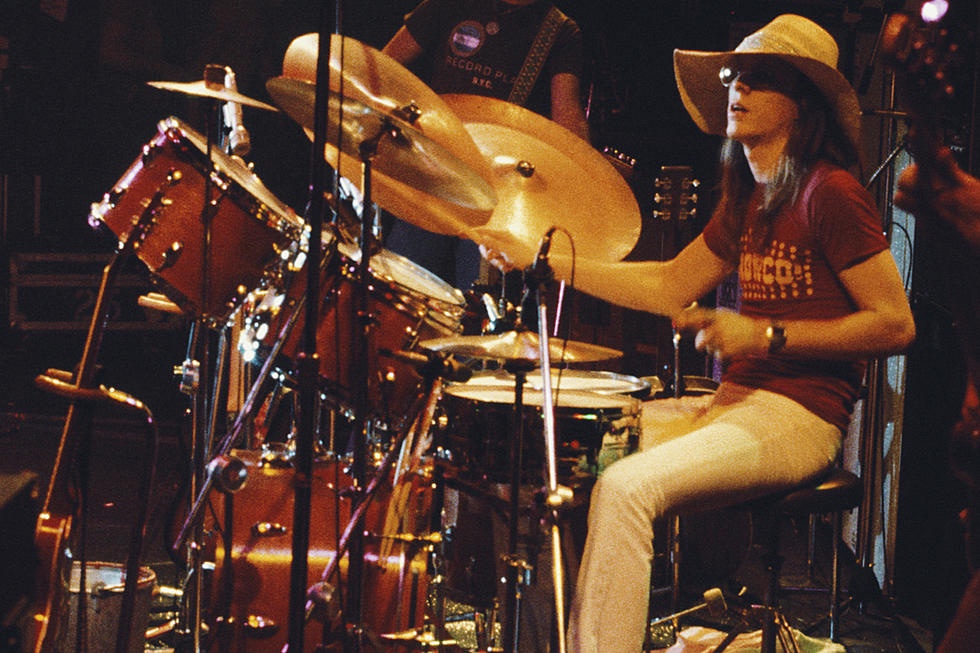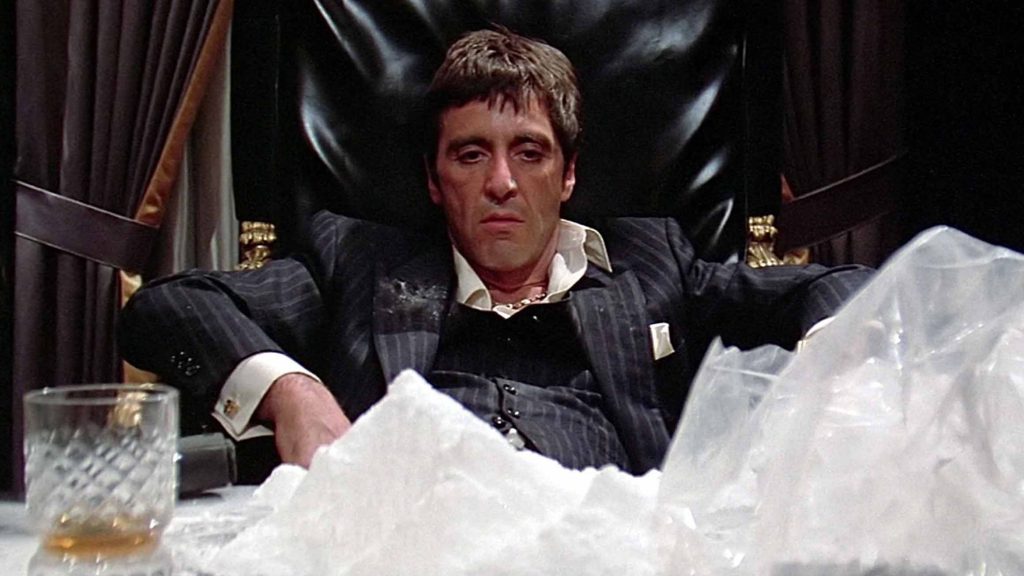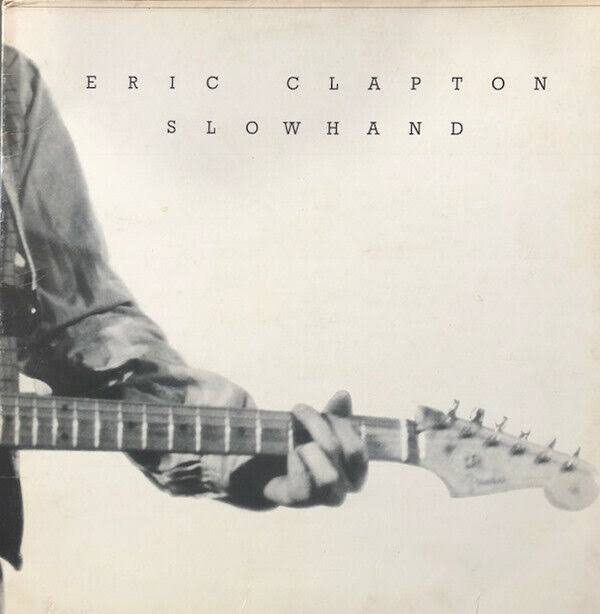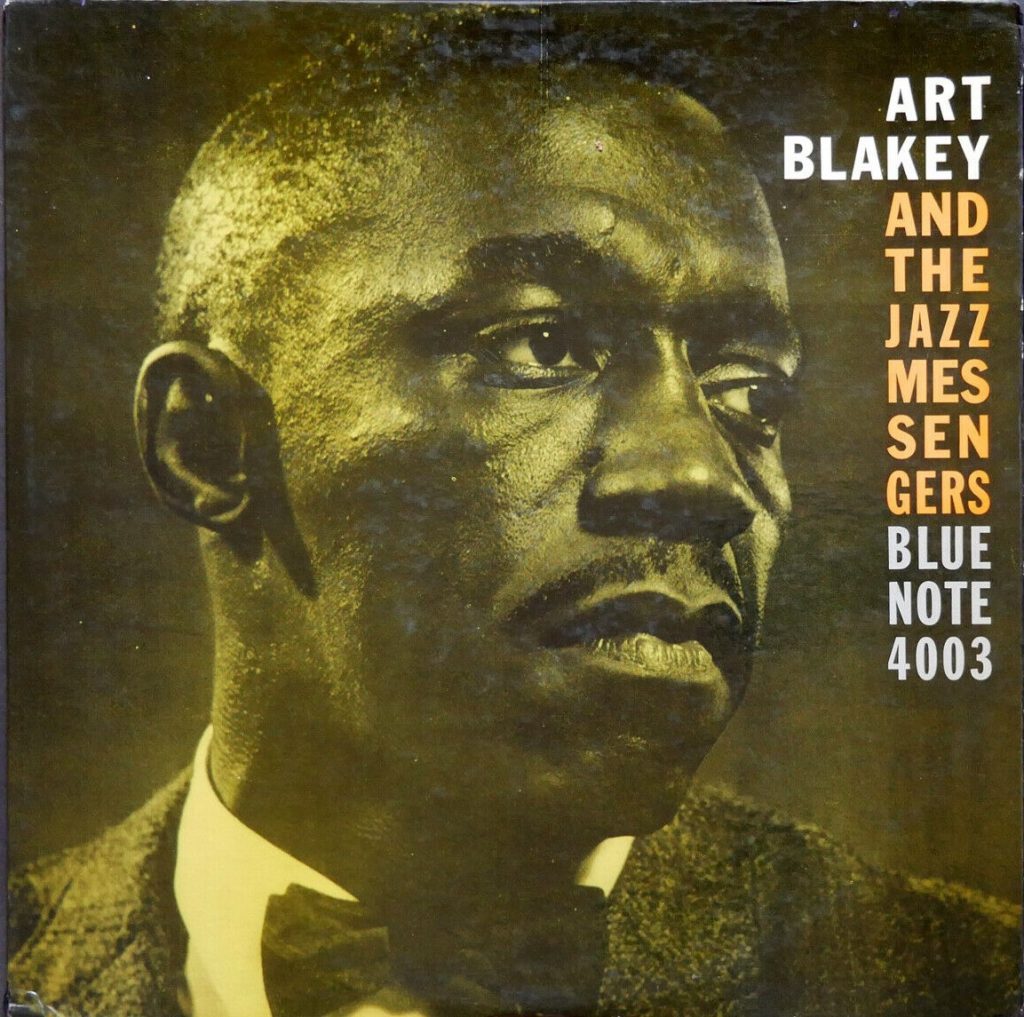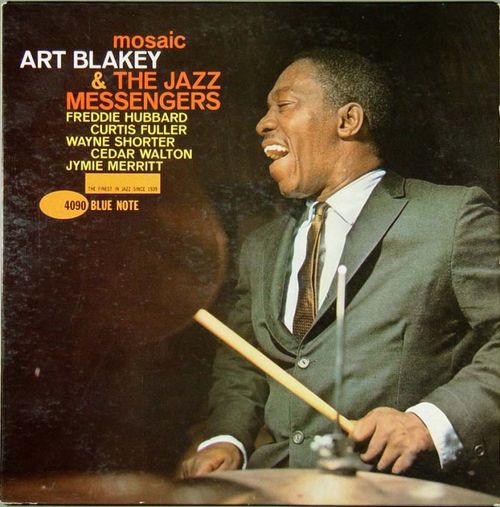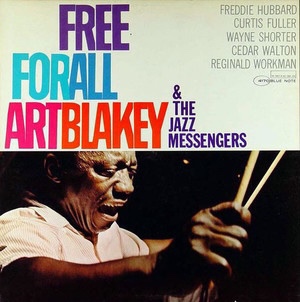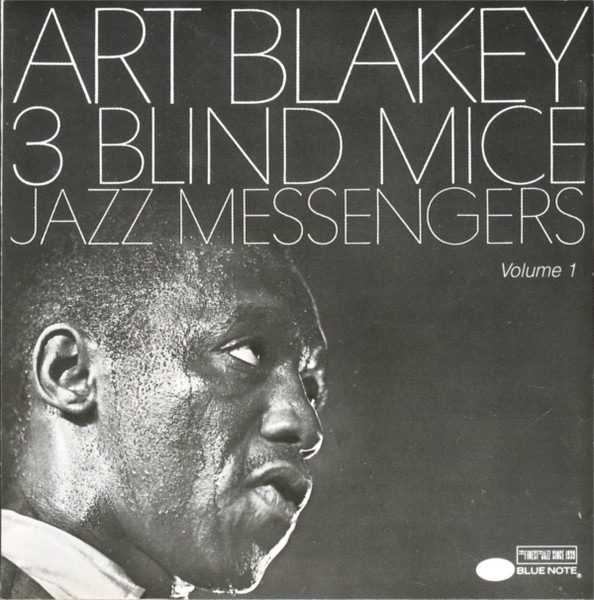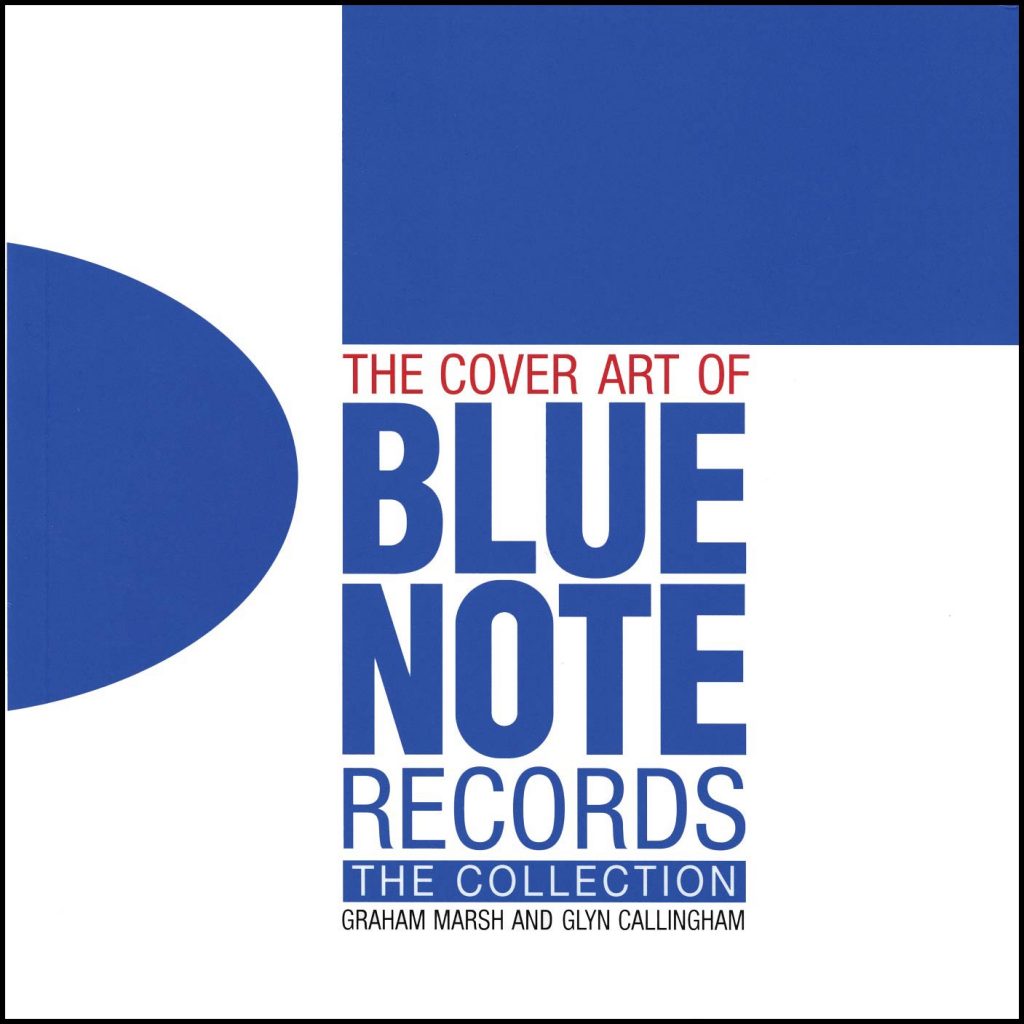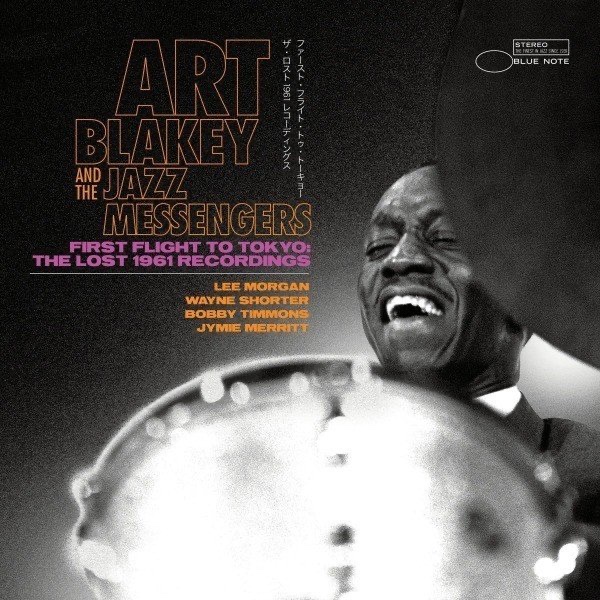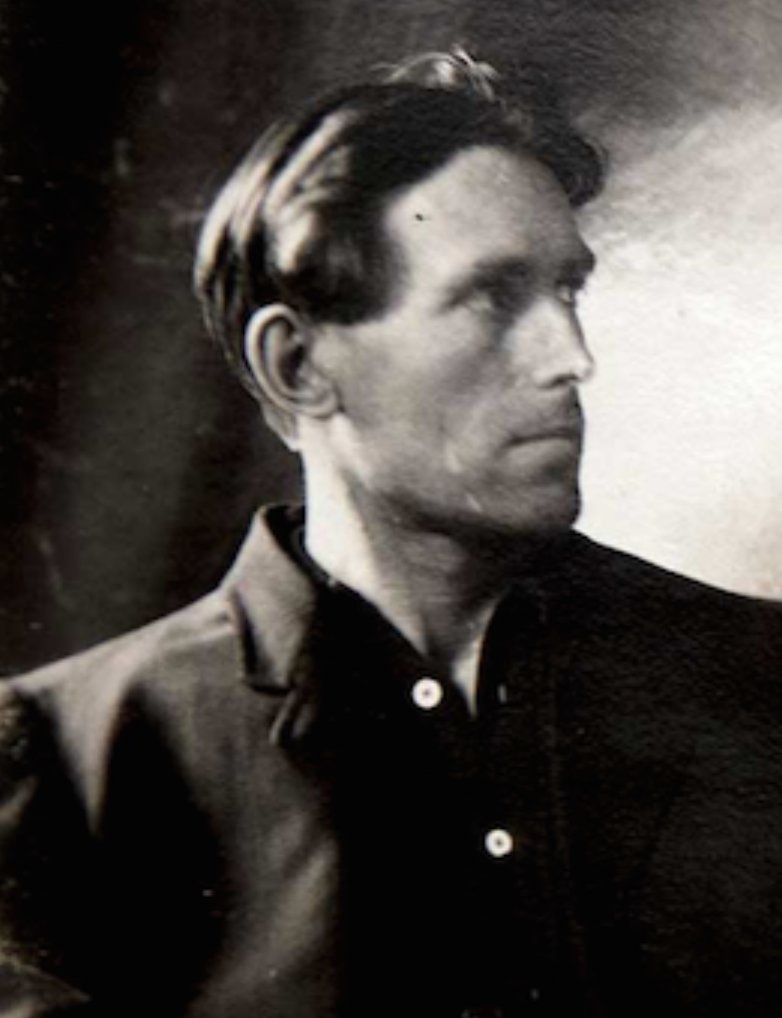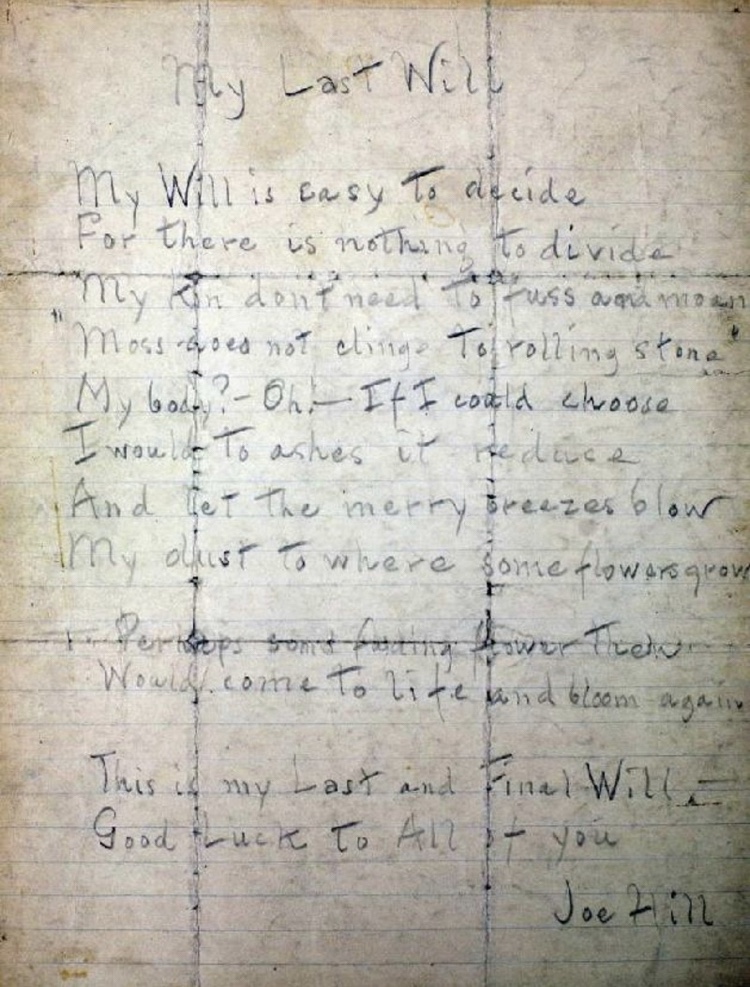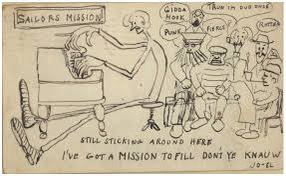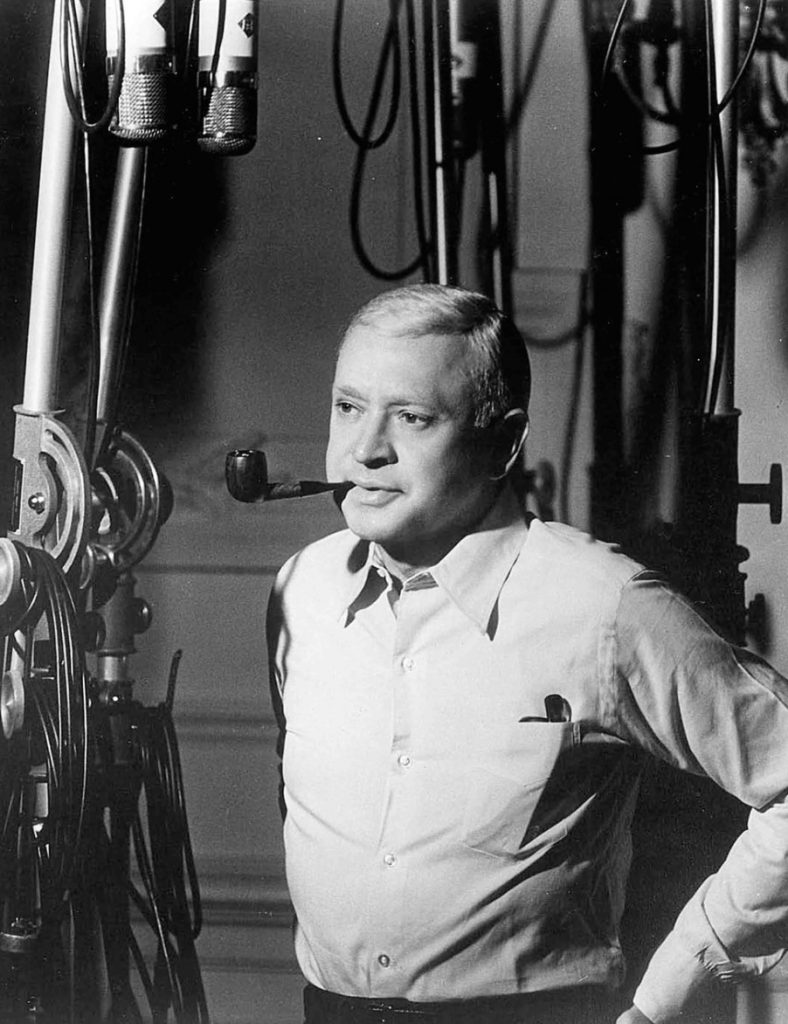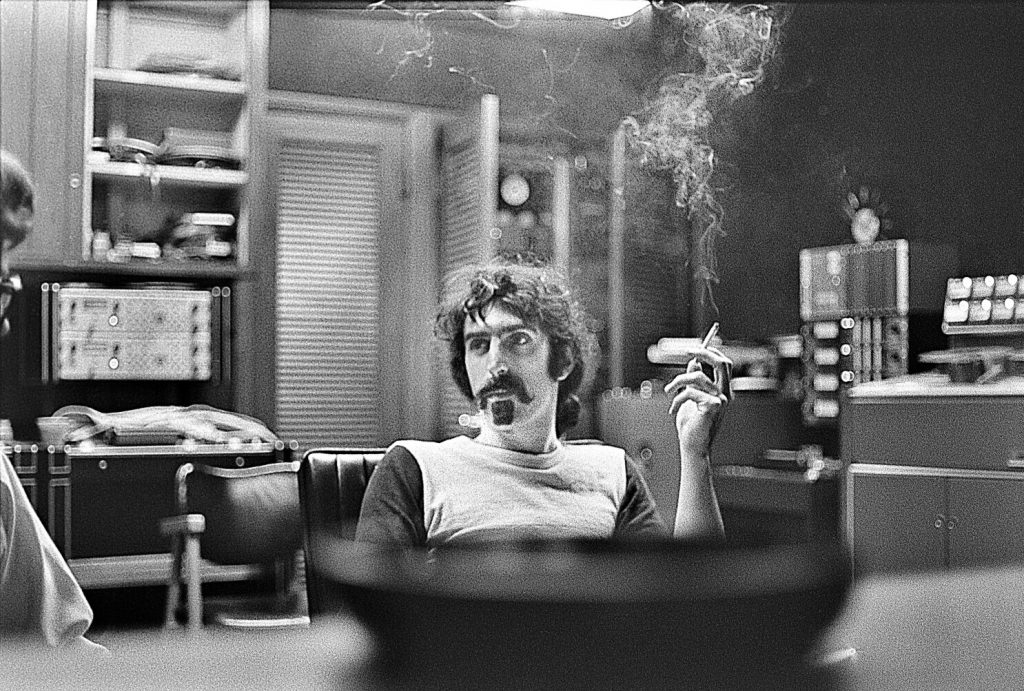Great near 40 minutes of Herbie and co on Danish TV, from 1976.
Personnel
Herbie - Keys
Bennie Maupin - Sax, etc
‘Wah Wah’ Watson - Guitar
Paul Jackson - Bass
James Levi - Drums
What terrific music. Such a great combination of funky groove, and jazz, with the perfect balance of instrumental prowess and structure, creating instrumental sounds that absorb and uplift. Truly music that is both high art and tasty home-cooking.
Setlist (taken from the YouTube post)
Herbie Hancock and his band perform cuts from the albums “Man-Child” and “Secrets”:
1. Hang Up Your Hang Ups (from Man-Child, 1975)
2. Gentle Thoughts (from Secrets, 1976)
3. Spider (from Secrets, 1976)
When I was running my own jazz funk group, I had all three of these tunes on my setlist wish-list. We did occasionally play some of the usual suspects: Watermelon Man, Canteloupe Island, Chameleon. And one or two less frequently covered numbers, such as Wiggle Waggle, and that one Dee-Lite sampled (I forget the title!).
Others that I really wanted to do include Actual Proof and Tell Me A Bedtime Story. Oh, Herbie! What a talent. And surrounding himself with folk like Paul Jackson, Bennie Maupin, Bill Summers, and a parade of drummers and guitarists that include the likes of Harvey Mason, Mike Clark, and of course Watson and Levi.
Wah Wah Watson’s Gentle Thoughts epitomises an era for me. I may have ‘golden age syndrome’* when it comes to stuff like this? And who knows, perhaps actually now is the golden age? Inasmuch as I can enjoy this Danish TV show that, at the time, I had no idea about.
Ah, the sheer bliss, of watching and hearing the joyous melodic grooving of Gentle Thoughts, in an expanded live version. These righteous dudes both recreate the magic of the album version, and transcend it, with the live improv’ aspects of the performance.
So, I’d like to thank Herbie and co for the music, Tim Berners-Lee for the internet, and YouTube and ‘Phazers’ for hosting/posting this. Thanks for making an everyday Saturdsy magical.
* I get this phrase from Woody Allen’s Midnight In Paris.








